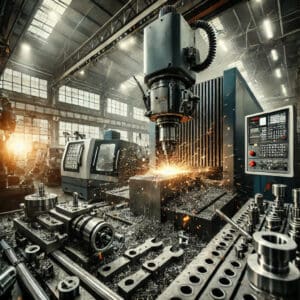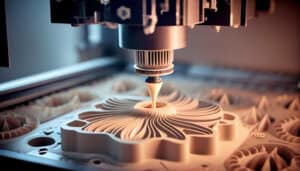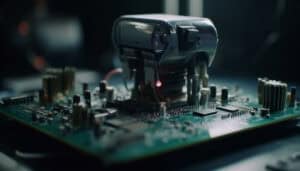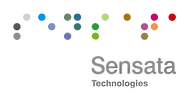News
Engraving on Metal: Industrial and Artistic Purposes
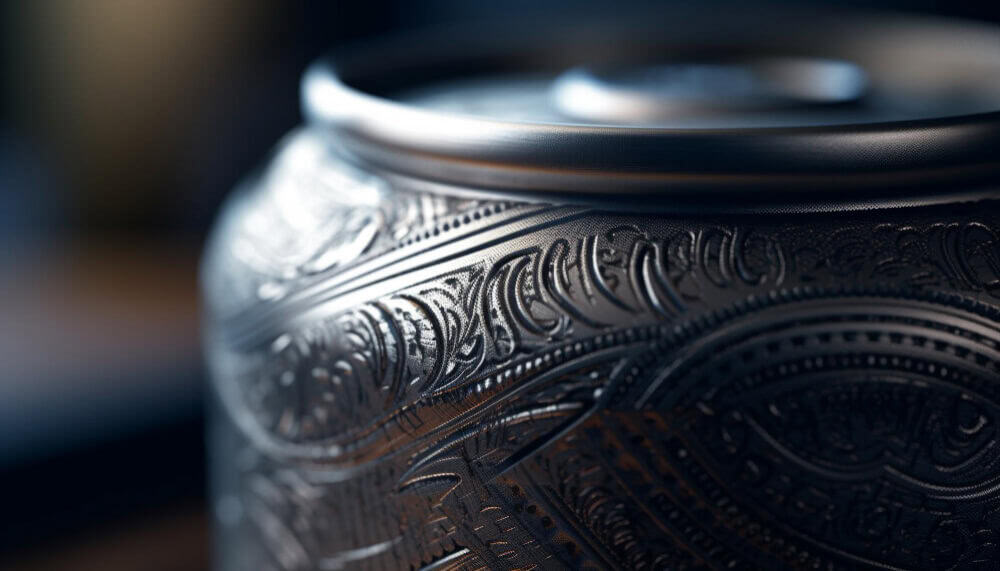
Engraving on metal is done for industrial or artistic purposes. The process can be performed using several techniques, for a wide range of different applications.
In the industrial field, engraving is used to create precise markings on mechanical components, identification plates, and durable metal tags. The engraving process can be applied to various materials, including aluminum, steel, brass, gold, and stainless steel, with each material requiring a specific engraving method tailored to its durability, detail sharpness, and the required level of precision.
Here’s everything you need to know.
What is Metal Engraving?
Metal engraving is a method of shaping metal that can be applied to various types of metals. It is carried out using specialized equipment (there are several types, which we will detail below), which removes very thin layers from the metal to create shapes, patterns, designs, etc.
What is the Difference Between Metal Engraving and Other Metal Processing Techniques?
- Surface Treatment: Unlike casting or forging, which shape the general form and alter the internal properties (like strength) of a piece of metal, engraving only removes tiny parts from the metal’s surface.
- Precision and Detail: This technique allows for a high level of precision and detail.
- Cutting, Not Heating: Metal engraving does not require heating, unlike welding or soldering.
What are the Advantages of Metal Engraving?
Quality metal engraving has many advantages, making it a preferred method for producing a variety of products, from medical and military supplies to automotive parts and electronic components.
Here are the main advantages:
- Durability: When done well, the shape obtained after engraving remains unchanged for many years and proves to be resistant to wear, heat, and chemicals.
- Range of Applications: Engraving can be applied to almost any type and shape of metal, meeting different industrial needs.
- Aesthetics: After careful planning, the final result adds aesthetic value and allows for customization.
Metal Engraving Techniques
Each metal engraving technique has its own applications and advantages. Here are the main techniques:
- Mechanical Lathe:
- Advantages: Control over depth and details; suitable for various applications.
- Disadvantages: Requires skilled operation and time-consuming; tool wear can affect consistency.
- Laser Cutting:
- Advantages: High precision, speed, and efficiency; ability to create complex and small designs.
- Disadvantages: Slight risk of thermal damage to the metal; relatively high installation and maintenance costs.
- Chemical Etching:
- Advantages: Suitable for large volume orders.
- Disadvantages: Requires handling and disposal of chemicals; limited depth control compared to mechanical methods.
- Electrochemical Marking:
- Advantages: Efficient for marking conductive metals.
- Disadvantages: Limited to conductive materials only; requires precise control of electrical parameters to ensure quality.
- PCB Engraving:
- Advantages: Very high precision allowing for complex work; preferable to chemical etching for printed circuit board production.
- Disadvantages: Requires special equipment, software, and skills.
- CNC Machining:
- Advantages: Maximum precision and high ability to replicate the same cuts; suitable for every industry and need.
- Disadvantages: Significant investment in machines and programming.
How Metal Engraving is Done
- Design and preparation – The process begins with creating a digital design using CAD software. The design is then converted into an appropriate file that will guide the engraving machine’s operation. At this stage, important parameters such as engraving depth, precision level, and material type are defined.
- Setting the machine parameters – After loading the design, the machine is calibrated according to the chosen engraving method. In laser engraving, the laser power and scanning speed are adjusted to remove material by vaporization. In CNC engraving, the cutting tool path, blade type, and pressure intensity are set. In chemical engraving, the metal is coated with a light-sensitive material, and the exposure time and chemical reaction are defined.
- Engraving execution – The machine begins the engraving process based on the defined settings. In laser engraving, the beam precisely etches the surface. In CNC engraving, the tool gradually cuts and removes material to create three-dimensional models. In chemical engraving, the acid corrodes the unprotected areas to form the design.
- Final finishing – Once the engraving is complete, cleaning and polishing actions are performed to remove material residues and ensure a smooth finish. In some cases, protective layers such as coatings or painting are added to enhance durability and the final appearance.
Uses and Applications of Metal Engraving
- Identification and Tracking: Engraving serial numbers and barcodes on industrial equipment and tools for identification and tracking. This is a common use in the military industry, which needs to mark weapons and other equipment for logistics, maintenance, and safety needs.
- Medicine: Marking surgical instruments and implants, and producing electronic components for machines.
- Art and Decoration: Creating complex designs on jewelry, watches, and personalized items.
- Functional Markings: Adding symbols and other details on devices and control tools in the automotive and aerospace industries.
- Personalization: Aesthetic engraving of gifts, trophies, business cards, etc.
- Signage: Creating durable signs for commercial, industrial, and public use.
- Electrical Circuits: As mentioned, primarily the PCB method is suitable for this purpose, which is applied in almost every sector for many products.
Choosing the Right Engraving Method
- Material type – Different materials react differently to engraving methods. Laser engraving is suitable for stainless steel and aluminum, CNC engraving is ideal for hard metals, and chemical engraving is preferred for thin and sensitive metals.
- Design complexity – Delicate and precise designs are better suited for laser or chemical engraving. CNC is better for processing three-dimensional shapes and is less precise for small details.
- Batch size – For mass production, laser and chemical engraving offer high speed and efficiency. CNC is preferred for small batches or prototype manufacturing.
- Required precision – Laser and chemical engraving provide maximum precision, making them suitable for electronics and medical applications. CNC is precise but can be affected by tool wear.
- Engraving depth – Deep engraving is performed with CNC. Laser and chemical engraving are more suitable for shallow engraving or marking.
- Cost – Laser engraving requires expensive equipment but is cost-effective for mass production. Chemical engraving is economical for large quantities but involves material costs for chemicals. CNC is slower, making it more expensive for large projects.
CNC Machining for Metal Engraving
Today, the method of computerized machining is the most recommended. It offers unparalleled precision, automation, and suitability for any need. CNC lathes can be adapted (in terms of the number, quality, and type of drills) and perform various tasks with high quality.
CNC engraving allows for high-volume production in industries such as military, medicine, automotive, aerospace, and electronics. It is efficient, fast, and very versatile.
Quality and engraving control – Admati
Admati Agencies is committed to excellence through strict quality control at every stage of production. We perform ongoing testing and measurements to ensure that the products meet the most rigorous requirements and standards.
Among other practices, quality control is carried out using advanced measuring tools and sophisticated techniques. This approach ensures that the final products are of high quality, reliable, and safe to use.
Conclusion
Now you know what metal engraving is, what it is used for, and how it can be done. Need engraving for a specific purpose? Contact Admati and receive high-quality and professional work.
Frequently Asked Questions about Metal Engraving
How long does the metal engraving process take?
The duration of the process depends on the complexity of the design, the size of the item, and the type of metal. Simple designs may take a few minutes, while more complex designs can take several hours.
Can engraving be done on all types of metals?
Yes, engraving can be done on most types of metals, including steel, aluminum, copper, brass, and gold. However, the type of metal influences the choice of the most suitable engraving method.
Is engraving durable over time?
Yes, metal engraving is a permanent and durable process, providing markings that do not fade or wear easily, making it suitable for use in harsh conditions.
What is the difference between laser engraving and CNC engraving?
Laser engraving is a precise technique for material removal, ideal for fine details and intricate cuts. CNC engraving uses computer-controlled cutting tools for three-dimensional processing and deeper engravings.
Can mistakes be corrected in engraving?
Correcting mistakes in metal engraving is challenging and sometimes impossible. In some cases, the damaged area can be sanded or filled, but often the item needs to be replaced or re-engraved.
More News Articles
